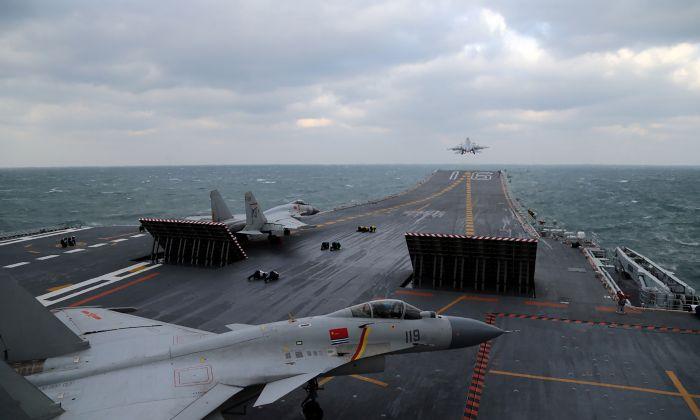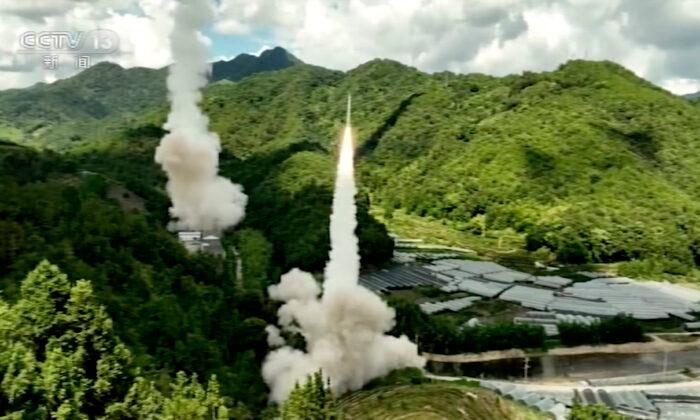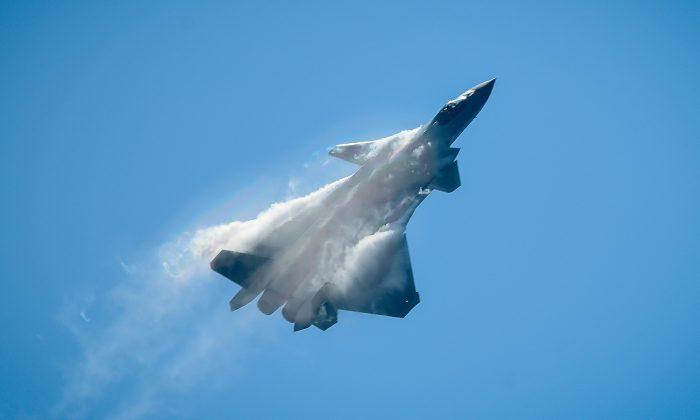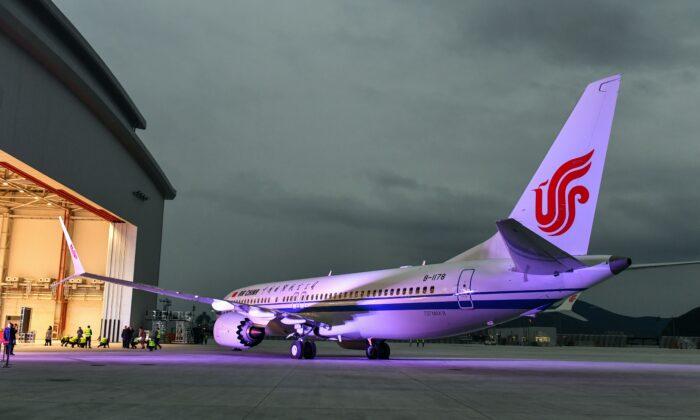It isn’t yet part of their social media-frenzied discourse, but the younger generation of Americans now “peacefully” protesting the police as they sympathize with crypto-Marxist political movements could over the next two decades be faced with the most profound foreign military threat in U.S. history.
This threat will come from the Chinese Communist Party (CCP) and its People’s Liberation Army (PLA), now reconfiguring to be capable of global power projection supported by nuclear weapons capabilities equal to or greater than the United States’, and supported by robust capabilities to contest control of low Earth orbit or even the Earth-Moon system.
Today, China is the dominant foreign military power in Africa and is pursuing a military presence in Latin America. It has reneged on its international commitment to Hong Kong and may soon try to conquer democratic Taiwan. The CCP’s strategy is to dismantle the U.S.-led alliance system in Asia and the Pacific, neutralize democratic India, and turn Europe away from the Atlantic alliance and toward China as it moves to dominate the Eurasian landmass, to include the Central Asian republics and as far as the Russian Arctic.
A July 18 article in the Hong Kong-based South China Morning Post reminds just how quickly the PLA is gathering global power projection capabilities, projecting that by 2035, the People’s Liberation Army Navy (PLAN) could have six aircraft carriers. Not stated is that the number could be closer to 10 carriers by 2050, to include nuclear-powered carriers. Previously, Chinese sources have suggested that the PLAN will also develop nuclear-powered escort cruisers and nuclear-powered replenishment ships, to form the world’s first nuclear-powered carrier battle group.
Nuclear-powered carrier battle groups will be joined by a much larger amphibious assault navy able to transport powerful medium-weight marine and ground force units. Recent Chinese-source rumors point to a “Type 076” landing helicopter dock (LHD) amphibious warship configured to launch large unmanned combat aerial vehicles (UCAVs), that could mean more smaller “hybrid carriers” to support the large aircraft carriers. Many more heavy transport aircraft will move light and medium-weight mechanized ground forces. These PLAN and airborne forces will allow the PLA to project dominant power to support favored anti-democratic political factions or help new ones to victory.
During the previous Cold War, the democracies could unite to face down the former Soviet Union largely due to the assurance of the U.S. commitment to provide requisite military power and leadership. As during the Cold War, the most powerful tool that the United States can wield to counter CCP hegemony will be maritime power, the core of which will be the aircraft carrier battle group. Until it can submerge or fly, the carrier battle group will remain the most flexible of platforms, a mobile base for offensive and defensive operations at sea or against the land.
However, the most recent 100,000 ton USS Gerald R. Ford-class carrier costs nearly $14 billion per ship, constraining the budget of the U.S. Navy, with some suggesting that instead of the 12 carriers currently authorized, the Navy may only be able to afford nine carriers. Due to maintenance and training cycles, this means that at most the United States will be able to only deploy three or four carriers, a capability that China’s navy may be able to match by the late 2030s.
What is required now is the foresight to envision new types of U.S. capital ships that can anchor future strategies to deter or defeat global Chinese maritime threats at a fraction of the cost of the USS Ford. One attempt to do so began in 2013, with U.S. shipbuilder Huntington Ingalls’ ballistic missile defense (BMD) ship, which put 288 surface-to-air missiles in a $2 billion, 25,000-ton landing platform dock (LPD) amphibious assault ship. Its very long-range phased-array radar would have been able to help guide the 2,000-km to 5,000-km medium- and intermediate-range ballistic missiles now being developed by the Department of Defense.
However, the LPD’s lack of organic air power means it would be dependent on vulnerable communication and intelligence satellites to perform distant strikes. So, the $3 billion to $4 billion aircraft-carrying, 43,000-ton landing helicopter assault (LHA) vessel may offer a better platform from which to build a new “arsenal aircraft carrier” to supplement the aircraft carrier. A slightly larger 50,000-ton version of the LHA could be armed with 200 vertical launchers for anti-aircraft, anti-missile, ballistic anti-ship, and ballistic land-attack missiles. Three may be purchased for nearly the cost of one nuclear-powered aircraft carrier.
The arsenal carrier’s missiles could immediately attack PLAN carrier groups or land targets out to thousands of kilometers. In addition, the ability to carry an air wing of 20 to 30 F-35B stealth fighters, MV-22 tiltrotor aircraft, and unmanned aircraft might support future electronic warfare, targeting, and command operations, supplanting denied satellite assets. These ships could also retain their inherent ability to perform amphibious assault missions.
The arsenal aircraft carrier may now give Americans the means to resist CCP hegemony in 20 years, when they may need it the most.





